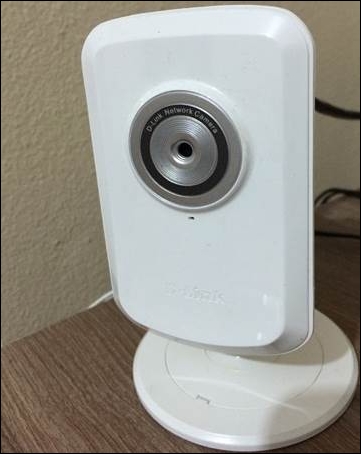In the previous chapter, we looked into devices and sensors used to secure your home. We will proceed by using another device at the heart of home automation, a camera. Cameras are the main devices used for security. They have been used in all kinds of places for security reasons. Government officials use security cameras to monitor streets and other public areas. Private companies monitor their offices. Cameras are also widely used in home automation.
The main reason to use security cameras for home automation is to detect if anyone broke into your house and capture their video or photo. They are also used to monitor a newborn baby by working parents. There are many providers who sell cameras with cloud services to monitor homes with a smartphone or any other connected device.
In this chapter, we will use a network camera to capture frames with Intel Galileo. Cameras will be the last device to be included in our home automation system. Following the use of cameras within the home automation system, we will improve the Smart Home application with new use cases and learn more about software development on Intel Galileo for home automation.
Nowadays, there are plenty of manufacturers who sell network cameras that are able to connect to home network via Ethernet or Wi-Fi. Most of the companies also provide a free or paid cloud account for you to register your camera to their cloud system. After you've authorized your camera to stream to a private cloud server, you will be able to get a video stream from your home anywhere with an Internet connection.
Network cameras use the HTTP or RTSP Internet protocols to enable you to access a video stream from the camera. Most network cameras stream videos with the MJPEG (Motion JPEG) format over HTTP. MJPEG is a widely used format by digital cameras; it compresses sequences of JPEG images in a MJPEG container.
Most network cameras also have a web interface to access the camera via a local network and change settings. Within these settings, it also enables security with defined users wherein only users who have an account on the network cameras are allowed to access them and stream.
Throughout this chapter, we will use a network camera from D-Link DCS-930L, as shown in the following image, for our samples in the following section. We will try to obtain captures with Intel Galileo and see how to stream video coming from a network camera via Intel Galileo.

Some network cameras have a few built-in functions to be used for the security of your home. These built-in functions could be motion detection and sound detection. In accordance with the defined function, it can send a frame to the defined email client.
D-Link DCS-930L is a pure network camera without any other connection protocol defined. There are also network cameras powered with home automation protocols such as ZigBee and Z-Wave. These protocols are not used for video streaming; their purpose is to enable remote control on cameras. For example, you can rotate, zoom in, or zoom out a ZigBee camera remotely by sending a command via the ZigBee protocol.
There are plenty of network cameras with different features enabled. We will deal with the main feature of the camera to stream or capture photos.
